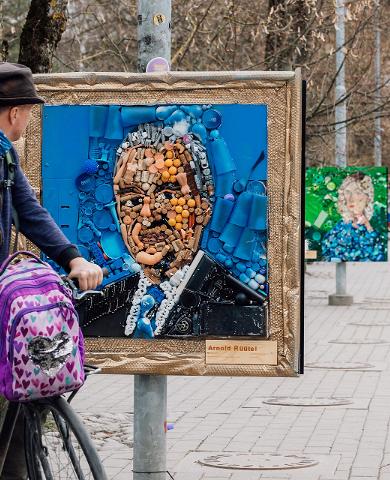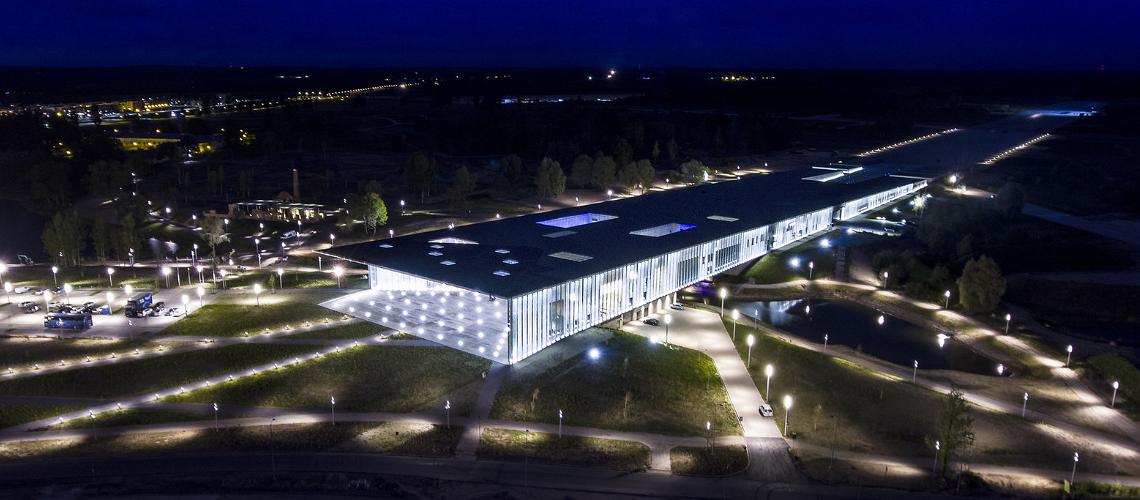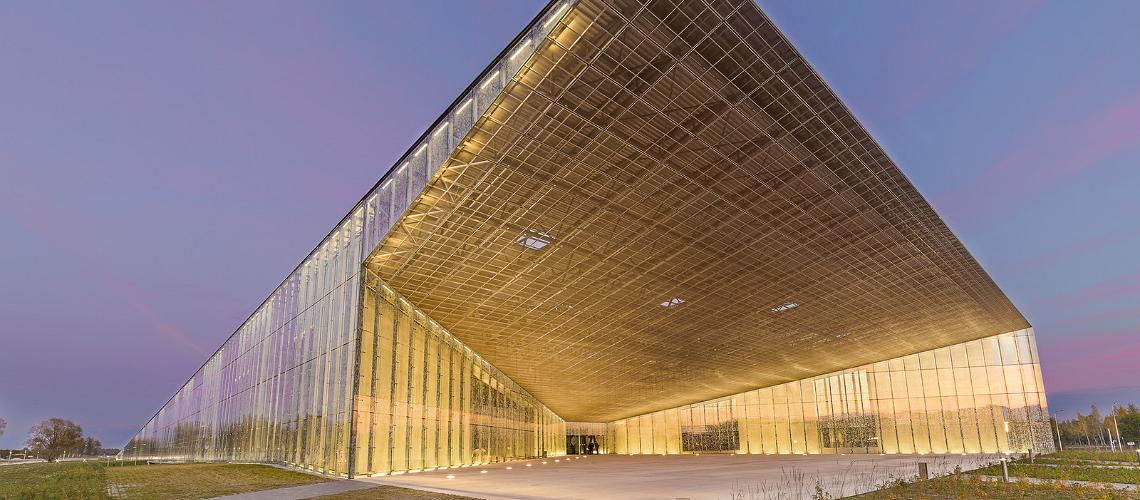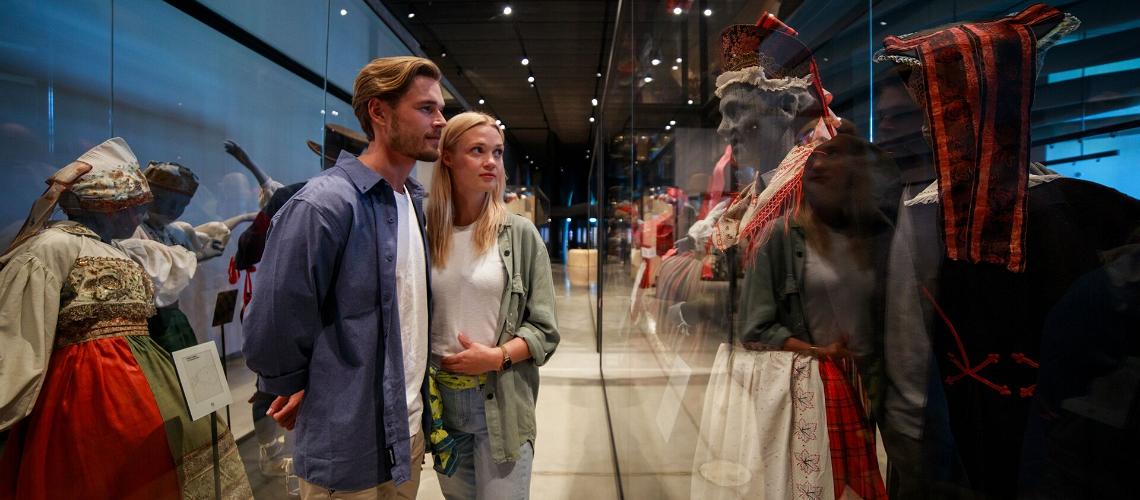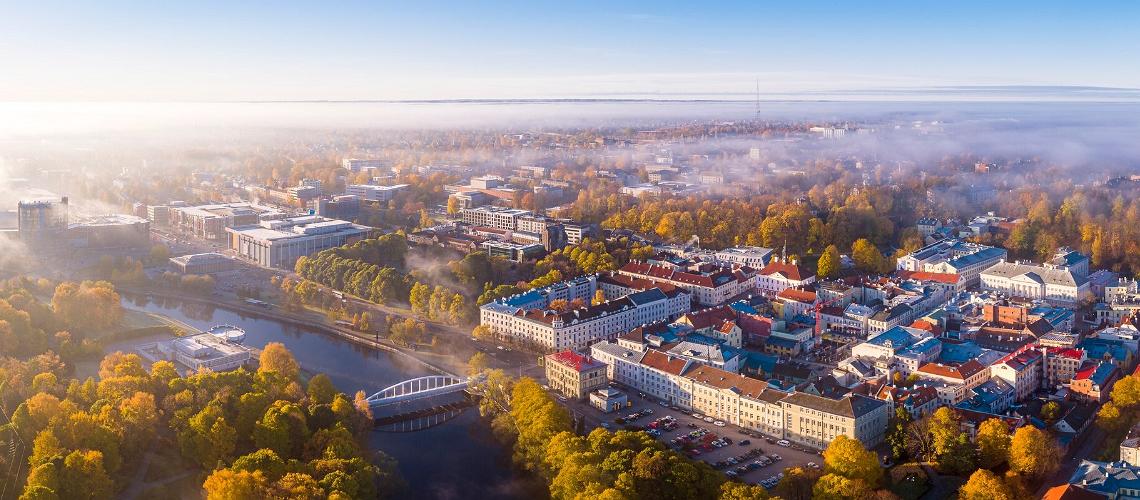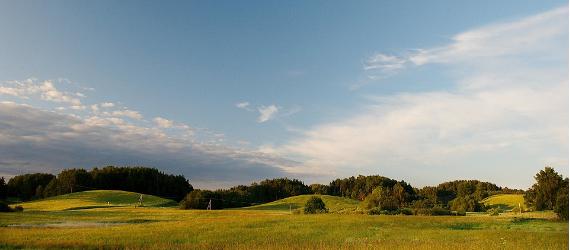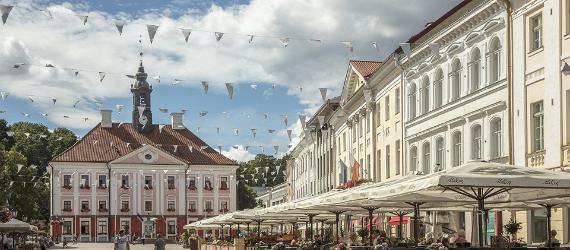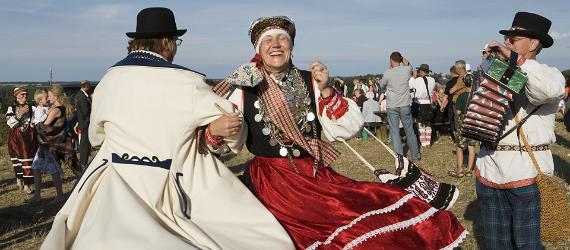The Estonian National Museum proves that a landmark doesn't have to be centuries old to make a lasting impression. Visitors will leave with a deeper understanding of the legacy of past generations and see how this innovative museum will safeguard that legacy for decades to come.
A symbol of innovation and regeneration
When Estonia obtained its second independence in 1991, the country was left littered with remnants of its occupied past. Where once stood Raadi Manor on the outskirts of Tartu were now the remains of the largest Soviet military air base in the Baltics.
In 2005, the Estonian government launched an international competition to design a new museum to celebrate the country's long history. After ridding the abandoned airfield of its toxic waste, polluting oil and ammunition, the construction began. The winning design signaled a pivotal point in time: a strictly guarded former military site was returned to the Estonian people and opened up to the public. And the design is a bold one. As you approach the elongated, upward sloping structure, it appears to rise from the runway like the upward path of a soaring plane.
The museum opened in 2016 to much local and international praise. The design was awarded the Afex Grand Prix, which recognizes outstanding buildings by French architects abroad and was voted the Estonian Concrete Building of the Year.
Sustainability lies at the heart of this low-energy building. The museum's valuable archives are kept at a constant year-round temperature and humidity thanks to passive design technologies that use insulating layers of air in buffer corridors.
The Estonian National Museum in numbers
- One million visitors since opening in 2016.
- Foreign tourists make up 20% of all National Museum visitors.
- Tourists from 120 different countries have visited the museum.
- Most foreign tourists come from Estonia's neighbors: Finland, Latvia, and Lithuania.
- Every year 500 registered educational groups tour the museum.
- 1,000 guided tours take place every year.
A peek inside
With 6,000 m² of exhibition space, the Estonian National Museum is the largest museum in Estonia. It's easy to spend an entire day here, marveling at exhibits. Audiovisual elements bring the exhibits to life with song and movement, while electronic information placards change languages with the touch of a keycard. This medley of history, design, art, technology, and entertainment creates an engaging place for children and adults alike.
There are two main permanent exhibitions:
- Echo of the Urals is about the culture of Estonians and the other Finno-Ugric people of Northern Eurasia.
- Encounters details the daily lives of Estonians, from the Ice Age to today.
The museum is also home to a collection of 150 Estonian folk costumes and hosts rotating art shows. Make sure you take a moment to admire the museum's most unique artifact: the oldest Estonian flag in existence, a pre-World War II treasure that was hidden during the Soviet occupation in the chimney of a farmhouse.
There are also conference rooms, a cafeteria, and a restaurant in the building. About 500 events are held in and around the museum each year. These include larger open-air concerts and movie nights in the outdoor area during the summer.
What else to see around Tartu
The museum is located in Tartu, about 2.5 hours by train, bus, or car southeast of Tallinn. This vibrant college town has long been known as the "cultural capital" of Estonia; it is also set to become the European Capital of Culture in 2024.
There's a lot to do here besides visiting the National Museum: explore the shores of the Emajõgi River, take a street art tour in bohemian Soup Town, treat your tastebuds to dinner at a MICHELIN Guide recommended restaurant, and soak in the collegiate vibe surrounding the University of Tartu.






